Puz zle Chess Set

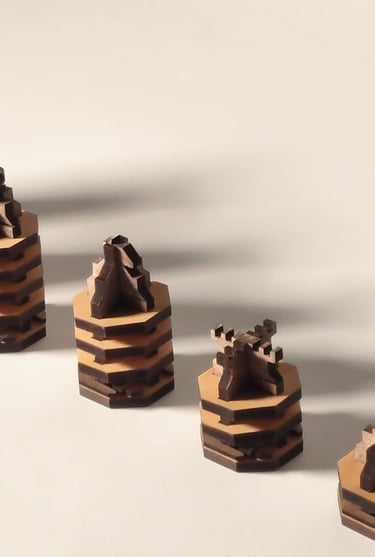
Objectives
Project Phases


To explore the rich possibilities afforded by a group of artifacts.
To design hierarchical relationships and traditional roles in the game of chess.
To deeply consider the relationship between form and perceived function / affordances.
Design for specific materials and making processes.
1. Initial Ideations 2. Refined Ideation Sketches 3. CAD Model Explorations 4. Physical Models 5. Human Factor Assessment 6. Material Research 7. Mass Manufacture Process 8. Final Renders and Pictures



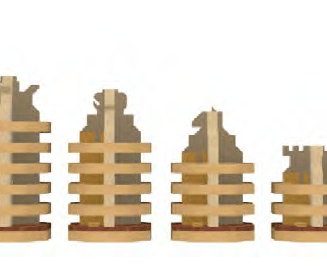
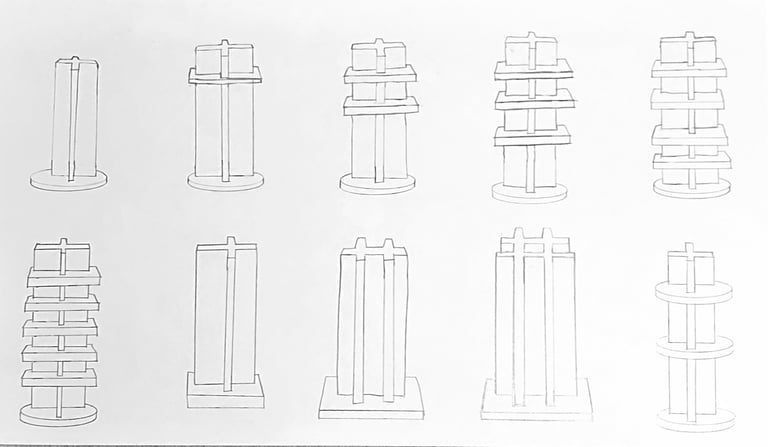

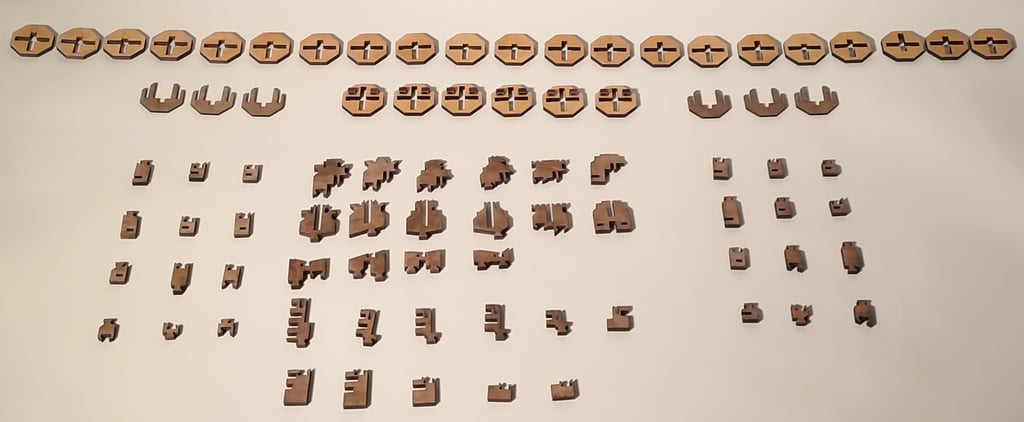

Phase one: Initial Ideations
Research into different directions for the chess set was conducted first. The three ideation directions made were wooden slide puzzles, geometric shapes on pedestals, and ornamental celtic knotwork. The chosen ideation path was the wood puzzle that would slide together in large flat planes.





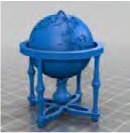
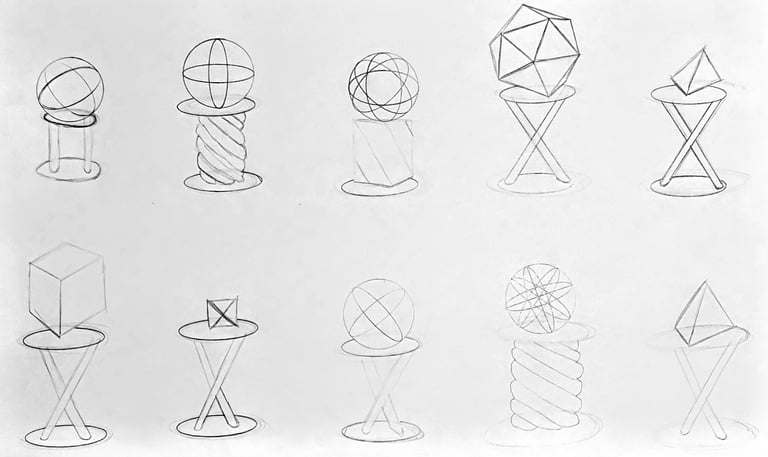



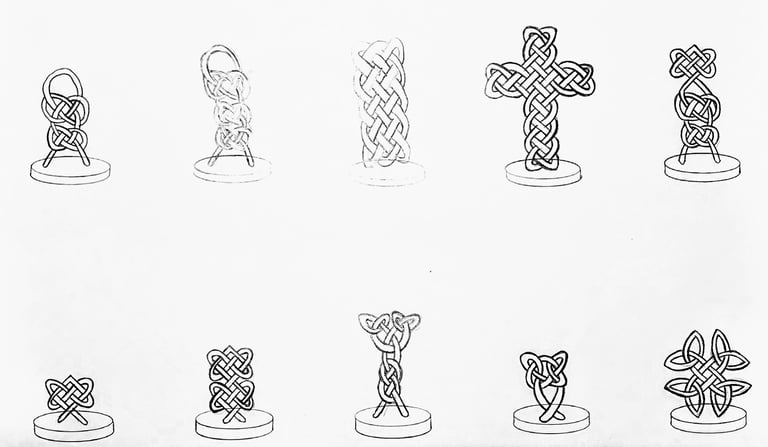

Phase two: Refined Ideation Sketches
Now having a direction for the chess pieces designs, the ideation sketches became more refined.
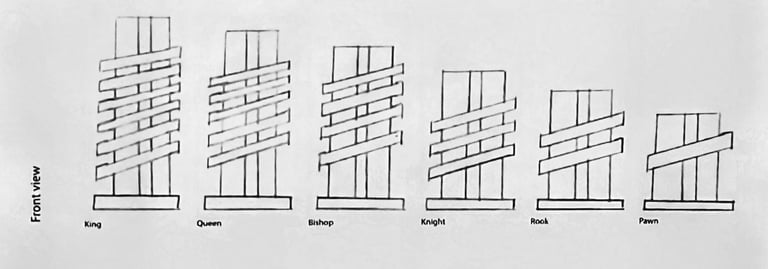

Phase three: CAD Model Explorations
After modeling the original minimalistic designs, the direction of the project changed again. The new piece designs incorporated the common style of chess pieces so that from a quick glance the piece recognition would be easier.
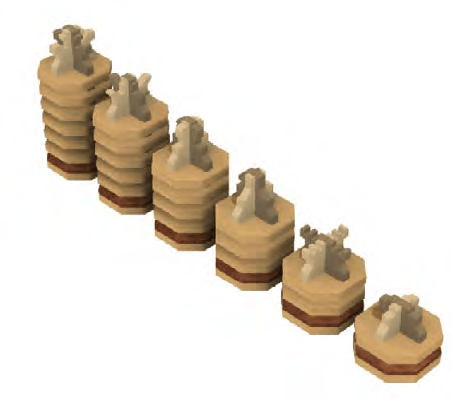

Phase four: Exploring into
physical models
To explore into physical materials a quick cardboard mock up was made. Once the first draft of the cardboard was completed, the first full set of wood pieces were laser cut out of the wood planks.

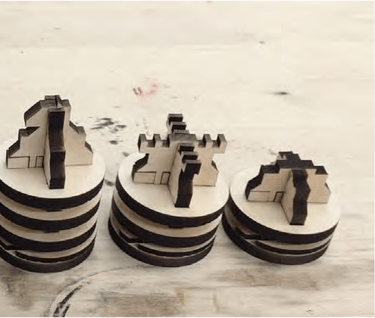
Phase five: Human Factor Assessment
The pieces were all easily recognizable. When challenged to put them all together in their correct sequential order the analyzer succeeded on the first try.
The pieces were all grabbed from the side rather than from the very top of each piece.
The craft of each piece was very well done and didn’t oppose the analyzer in any way.
The size of each Piece fits in the hands of the analyzer nicely.
Phase Six: Material Research
The wood chosen to make the pieces from was Basswood. The sheets of wood used were 0.25 x 4 x 24 and 0.0125 x 2x 24 inches long.
Application: Furniture•Paper•House framework•Fuel•Carvings Manufacturing
Process: Sawing•Planing / shaping•Laminating•Plank sorting•Assembly
Properties: Strength and tension•Hardness•Static Bending•Biodegradable

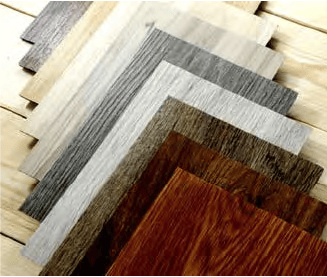
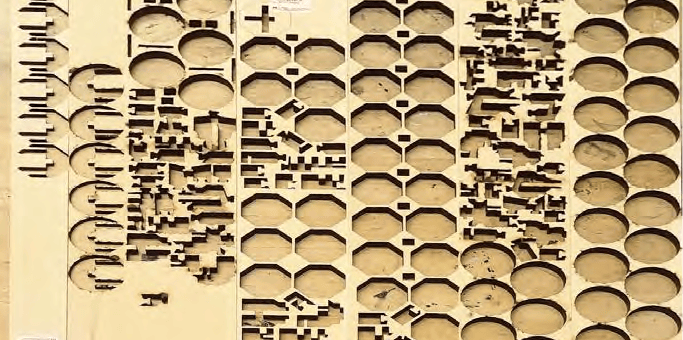

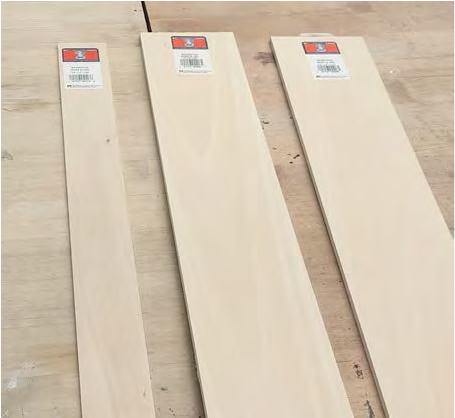

Phase Eight: Final Renders and Pictures



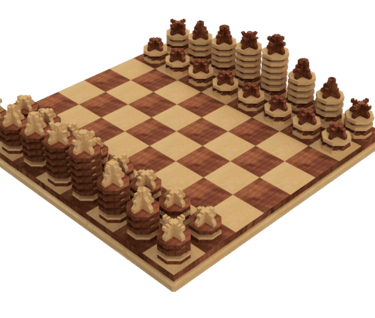
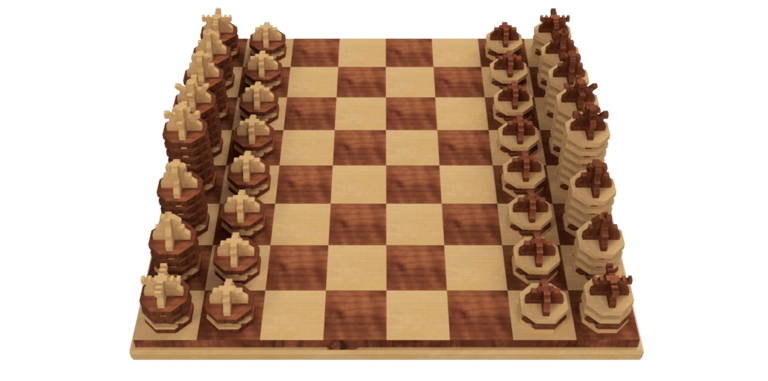

Phase Seven: Mass Manufactur Process
The process of laser cutting wood can also be used at an industrial scale. The preferred choice of wood type is plywood. The factory cut sheets of wood can come in many different sizes. Some of the higher end machines will have an available cutting bed surface of 35 to 51 inches long. During the manufacturing process, most company’s will have set layouts for each part for the designated product. The sheet of plywood will be cut down to the required size to fit the laser cutting bed surface. Companies who currently make constructible wood puzzles such as Ugears and Rokr both use packaging that will fit smaller sheets of plywood that are 6 x 14 inches wide.

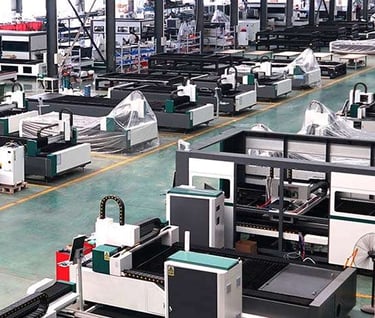
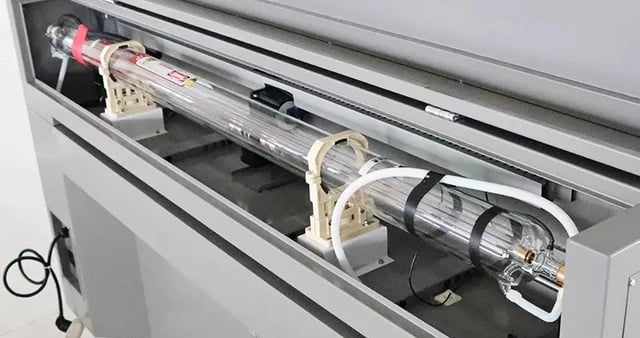







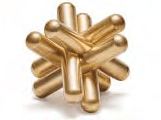




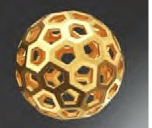




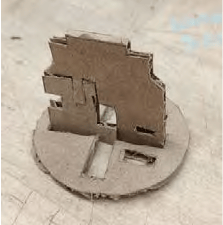


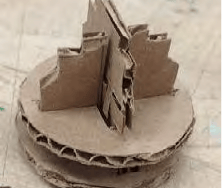
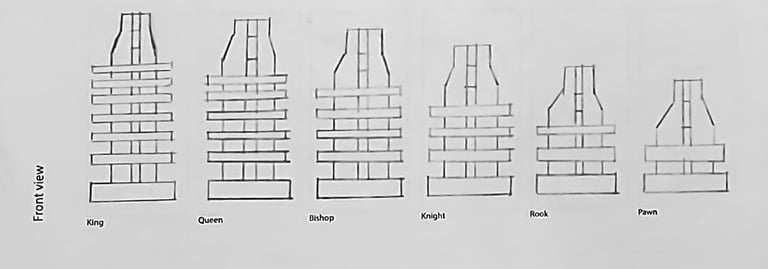







Ben Hines


